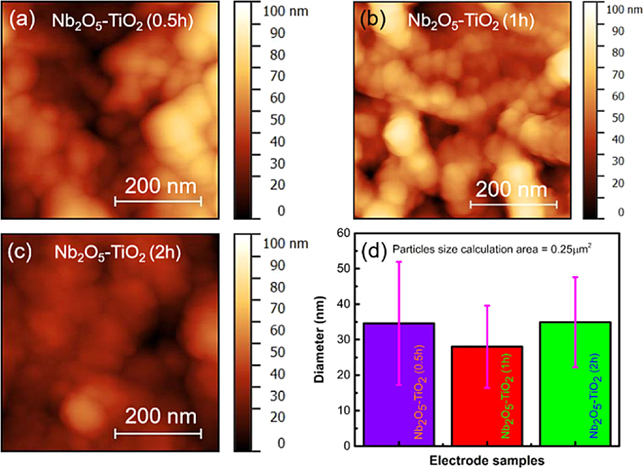Md M, Rahman,* M. Zhou, I. Sultana, S. Mateti, A. Falin, L. H. Li, Z.-S. Wu, Y. Chen*
Batteries & Supercaps, 2019, 2(2): 160-167.
DOI: 10.1002/batt.201800092 [PDF]
 Most conventional electrode preparation process is currently facing serious problems due to the addition of various additives, particularly binder and carbon black which eventually increase production cost, and decrease the energy and power density of the battery. In this study, we have fabricated for the first time a hybrid electrode of Nb2O5-TiO2 film for lithium-ion batteries by adopting advanced radio frequency sputtering technique, which requires no supplementary support from binder and carbon black. The hybridized Nb2O5-TiO2 electrode reveals high reversible capacity (214 mAh g-1 after 500 cycles), long-term cyclic stability (174 mAh g-1 at 0.4 A g-1 after 1000 cycles) and superior rate capability (115 mAh g-1 at 6.0 A g-1). Moreover, the Nb2O5-TiO2 electrode also demonstrates better electrochemical performance over the single system of either Nb2O5 or TiO2 and even better than other reported additive-based systems. It is evidenced that the combination of distinctive merits of individual oxide is capable to provide large effective surface roughness and small particles size, which are enabling electrolyte diffusion into the bulk of the electrode, facilitating most particles contribution to the charge-discharge process, more ion diffusion and shorter diffusion distance, thus advancing electrochemical performance of the Nb2O5-TiO2 electrode. Such a facile strategy of fabricating additive-free high performance electrode film will open up a new way to develop lithium-ion micro-batteries. |